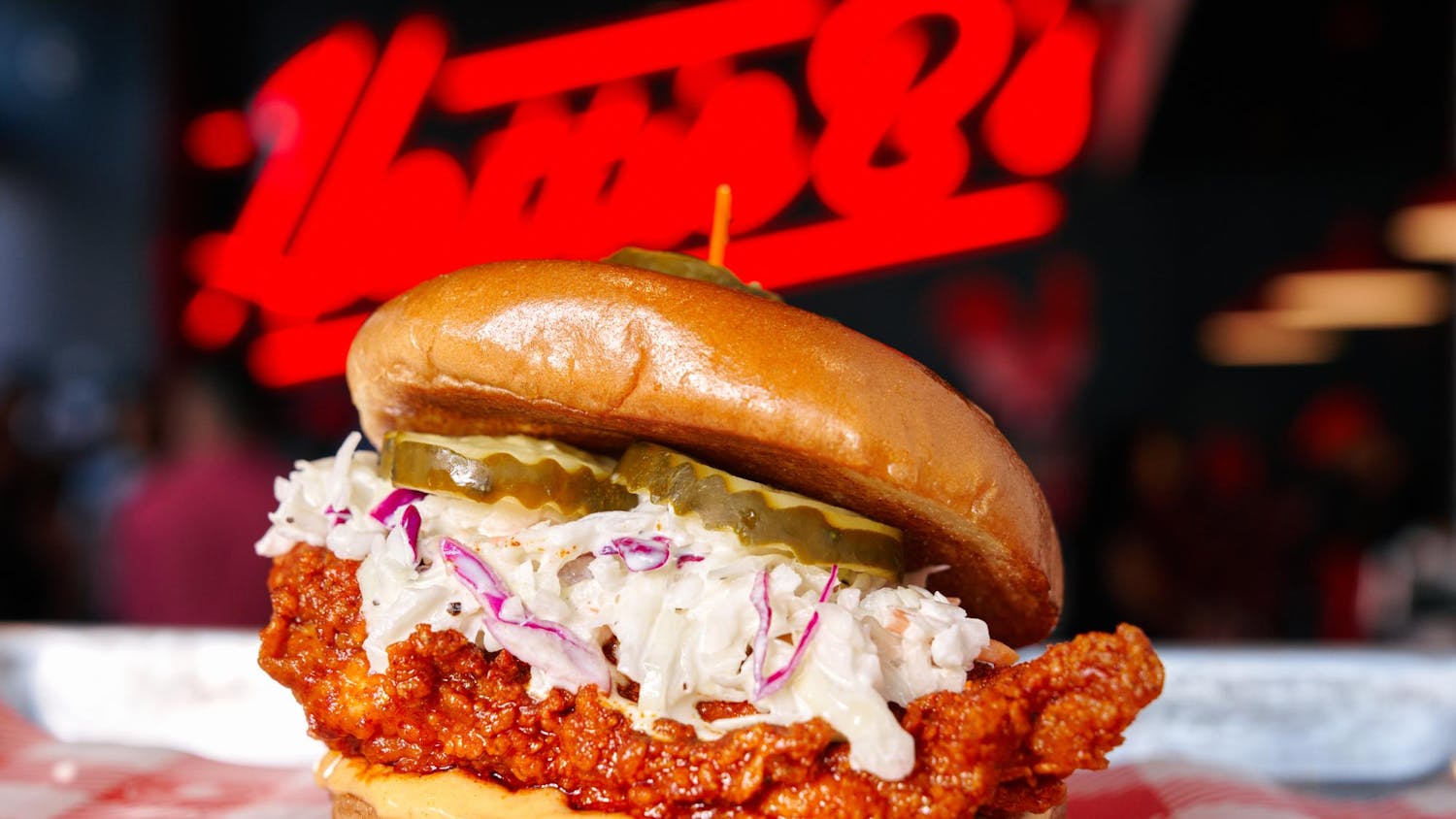Most people don't know what truly historical Southern food is.
Food staples like fried chicken, okra, sweet tea and lemonade aren't the most historically traditional Southern foods.
"What I can tell you about is (food) from the 18th century, particularly from the lower South: Georgia, the Carolinas, the Indian nations in that time," said Kathryn Braund, Hollifield professor of history. "It's quite different from what we eat today in many ways."
Braund said chicken, the most stereotypical Southern meat, wasn't what early colonists were eating in the South.
"What most colonists were eating was a lot of venison and things like that, and along the sea coast a lot of fish and birds and things," Braund said. "It's only later--and by the 18th century they do have cattle coming in--that you get beef.
Braund said meat consumption has changed throughout the course of history.
"Of course the beef wasn't as nice as what we have, and the venison was primarily what they were relying on up through the American Revolution," she said. "There is a later shift to cattle and hogs and chickens and things like that."
According to the Encyclopedia of Southern Culture, the per capita rate of chicken consumption has increased markedly in the South since 1900, outstripping demand for beef and pork.
Some current preparation techniques for Southern food were also handed down from other methods and can be traced to cooking activities that began in the 18th century.
"I think the origin of barbecue, and particularly of ribs, goes back to Native American customs of having feasts of bear ribs," Braund said.
Braund said the bears inhabited the same areas that would later become inhabited by pigs, leading to these traditional feasts being altered.
"The same kind of ecological niche the bear had, the pigs take over," she said.
Braund said the most interesting aspect was the way the bear was replaced by the pig in Southern cuisine and native environment.
The two animals ate many of the same types of foods and were prepared by Native Americans during feasts in similar ways.
Braund said she's also researched the 18th-century Southern traveler William Bartrop, who was often served honeyed water in his travels through South Carolina, Georgia and Native American territory.
"Sometimes honeyed water had rum in it," Braund said. "It was sort of an early mixed cocktail."
By the late 1600s, cheaply imported rum had confirmed colonial preferences for hard liquor. Scottish and Irish immigration in the mid-1700s widely popularized whiskey making, according to the Encylopedia.
Braund said honey became an important commodity as it made its way up the coast from Florida, where the Spanish acquired the honey bees.
"In fact, that was one of George Washington's favorite snacks," Braund said.
Many of the ingredients typically used in Southern dishes were imported from Europe.
Braund said the Spanish brought watermelon and oranges to Florida, marking the beginning of a large fruit market for the state. The French also brought fig trees to Mobile.
"The way watermelons and peaches and things like that got spread throughout the South was by Indian agriculturalists," Braund said.
Peach trees, which originated in China and were brought to Persia and Spain, were so commonly seen in the South that early botanists and settlers thought the plant was indigenous to the continent, according to the Encyclopedia.
The foods that were brought to the South laid the foundation for cooking techniques that would evolve as technology developed and as more ethnicities entered the country.
"You have a wonderful combination of Indian crops and food ways of African influence and then European stuff coming in to create unique food ways," Braund said.
Braund said while there is a specific idea of what Southern food is today, those foods are not the truly traditional foods of the South. Preparations such as frying and breading derive from modern influences.
"A lot of what we think of as quintessentially Southern developed from things earlier on, but then it's been exaggerated by the modern period," she said.
Do you like this story? The Plainsman doesn't accept money from tuition or student fees, and we don't charge a subscription fee. But you can donate to support The Plainsman.




